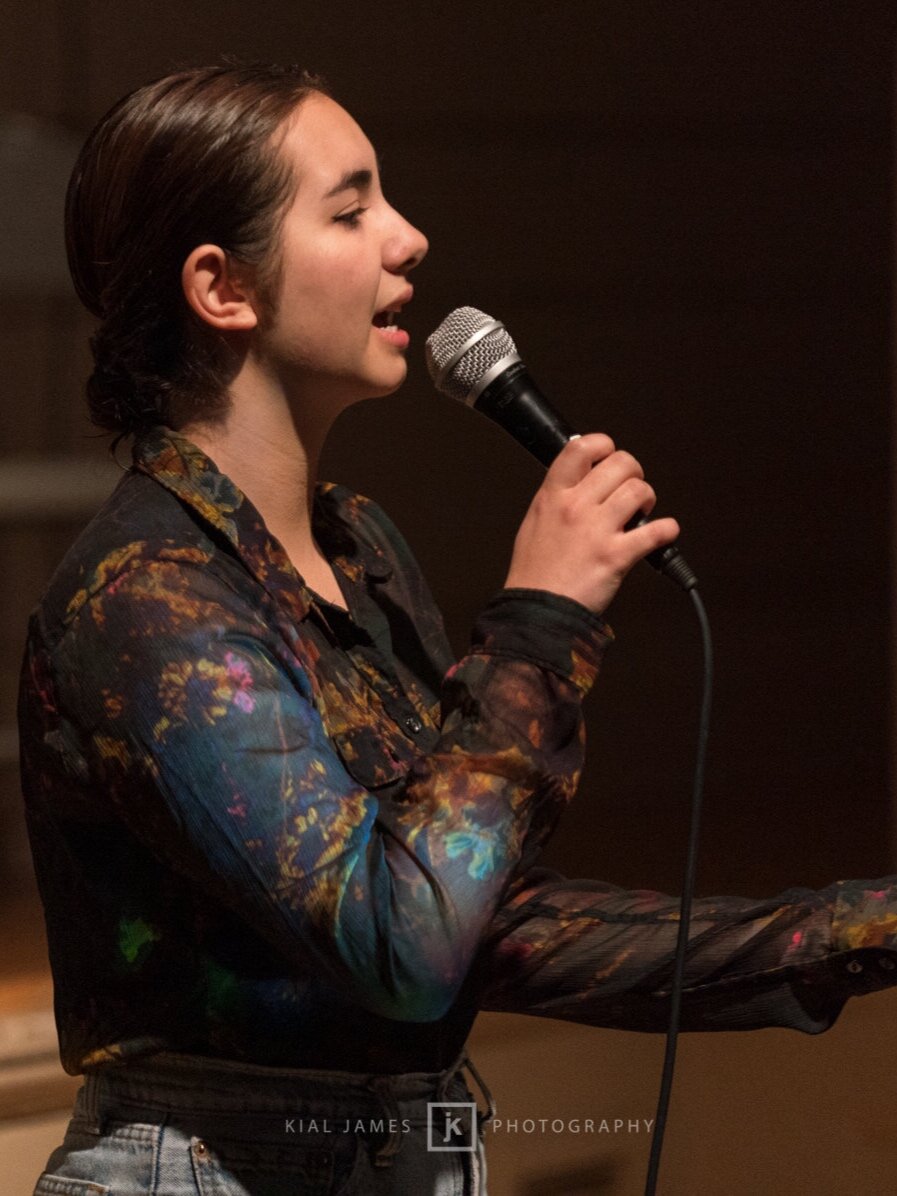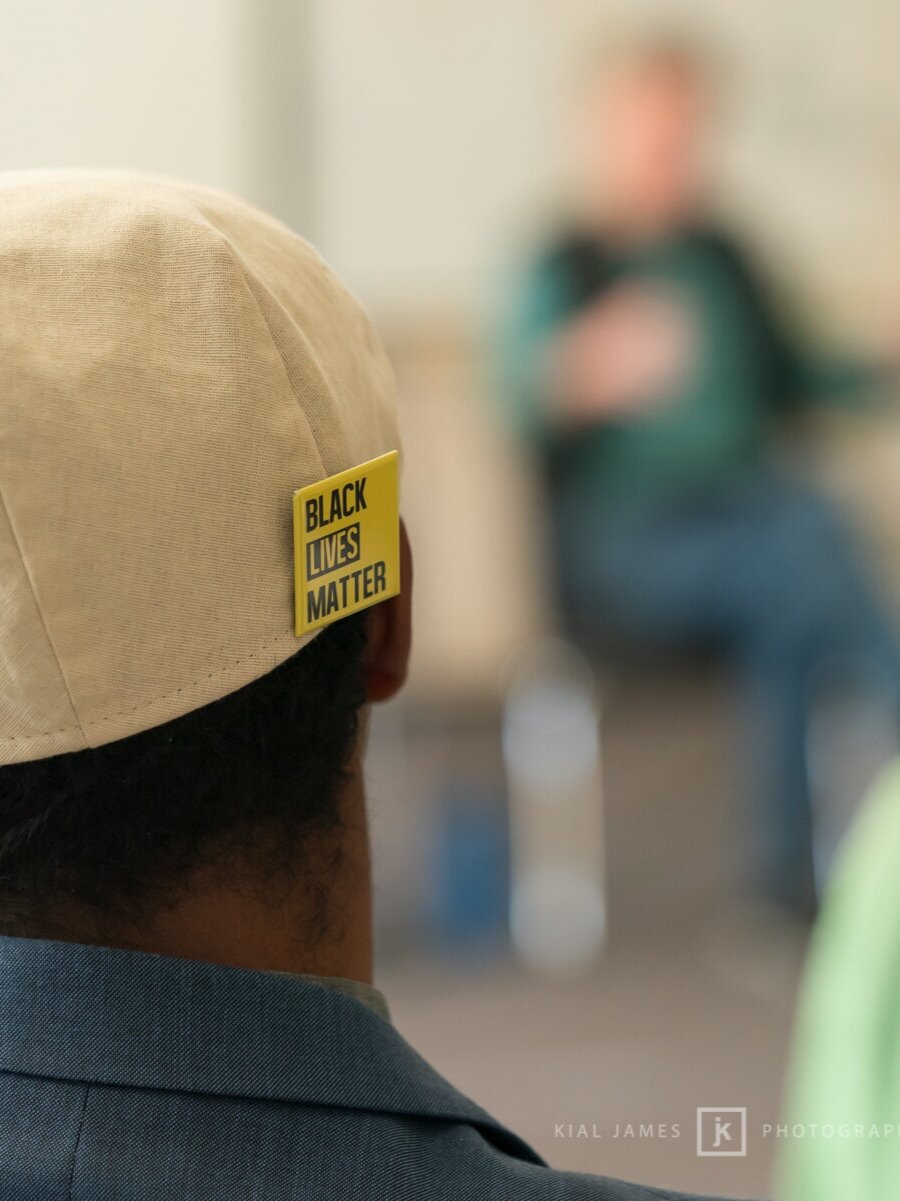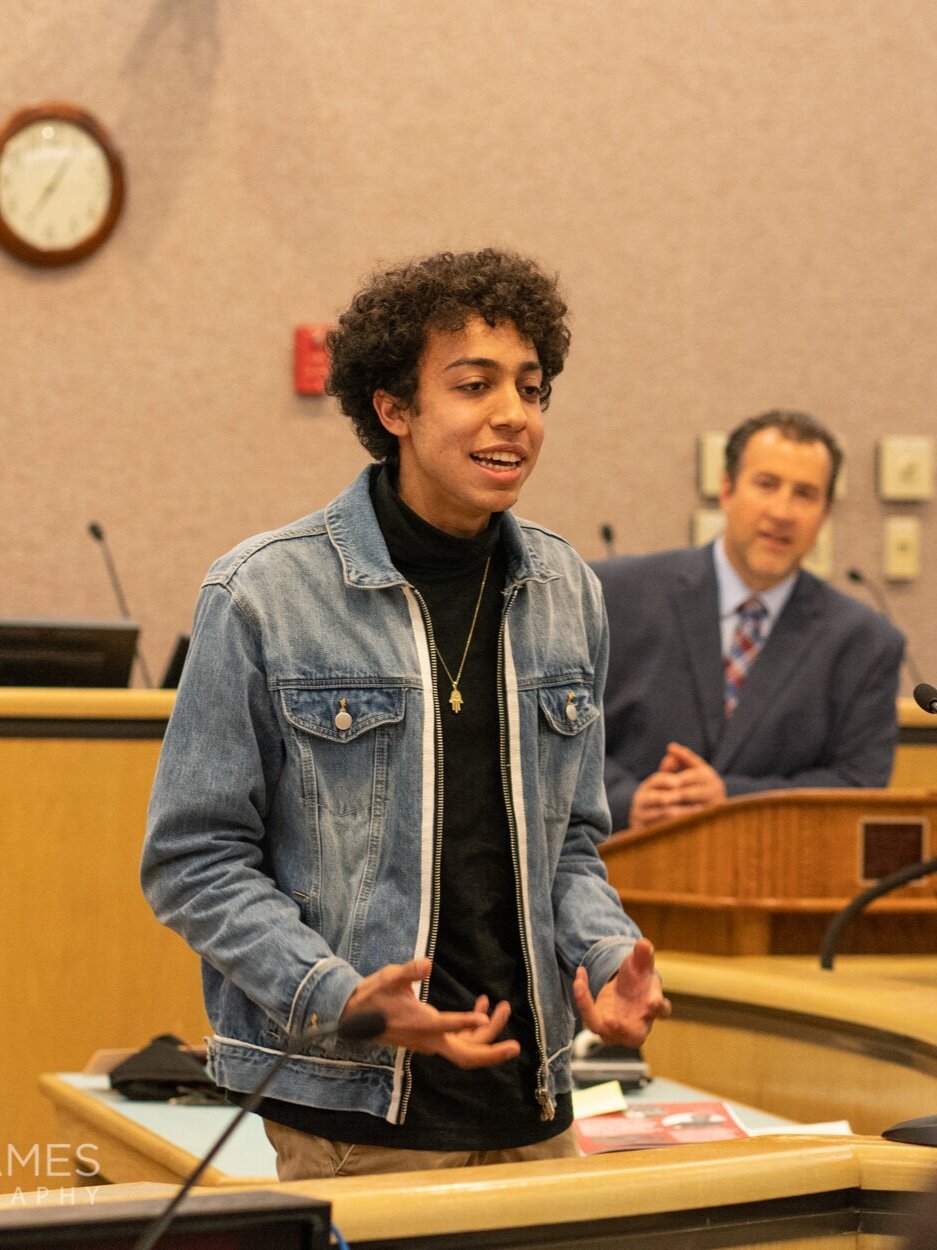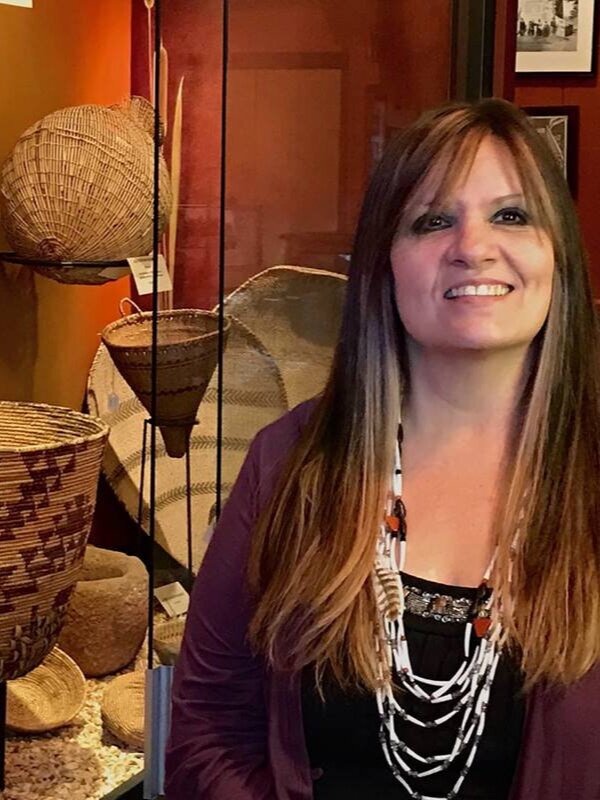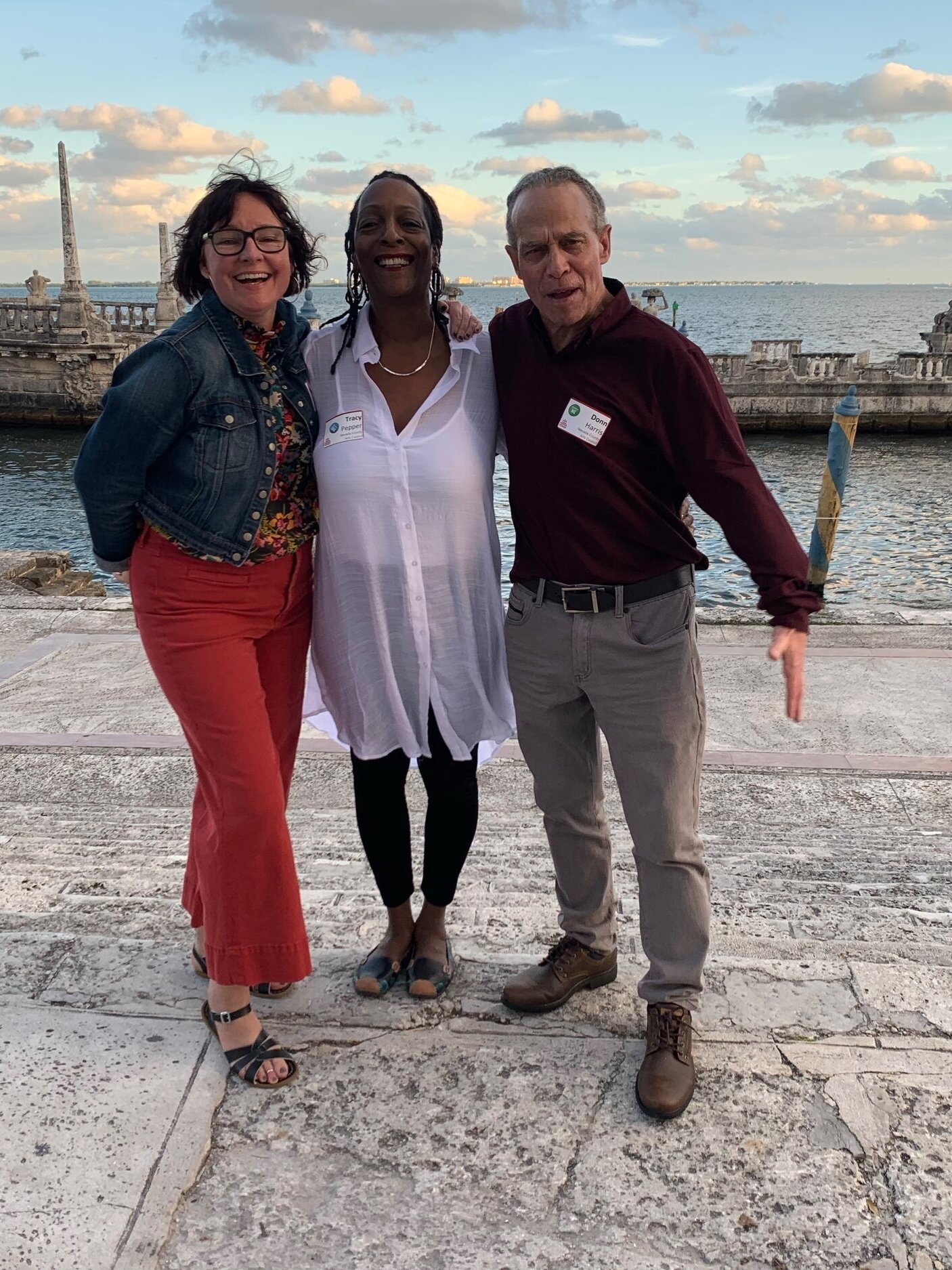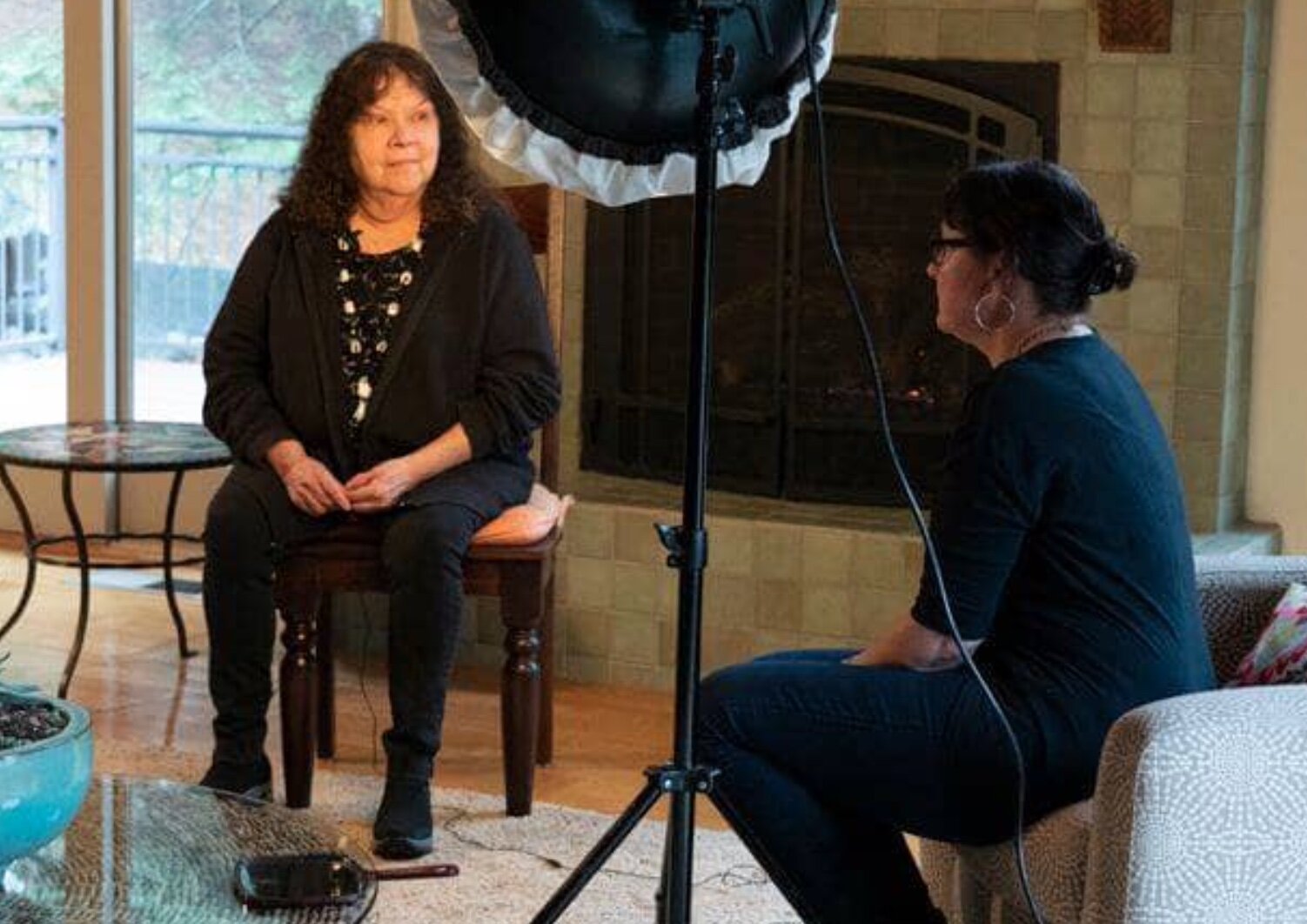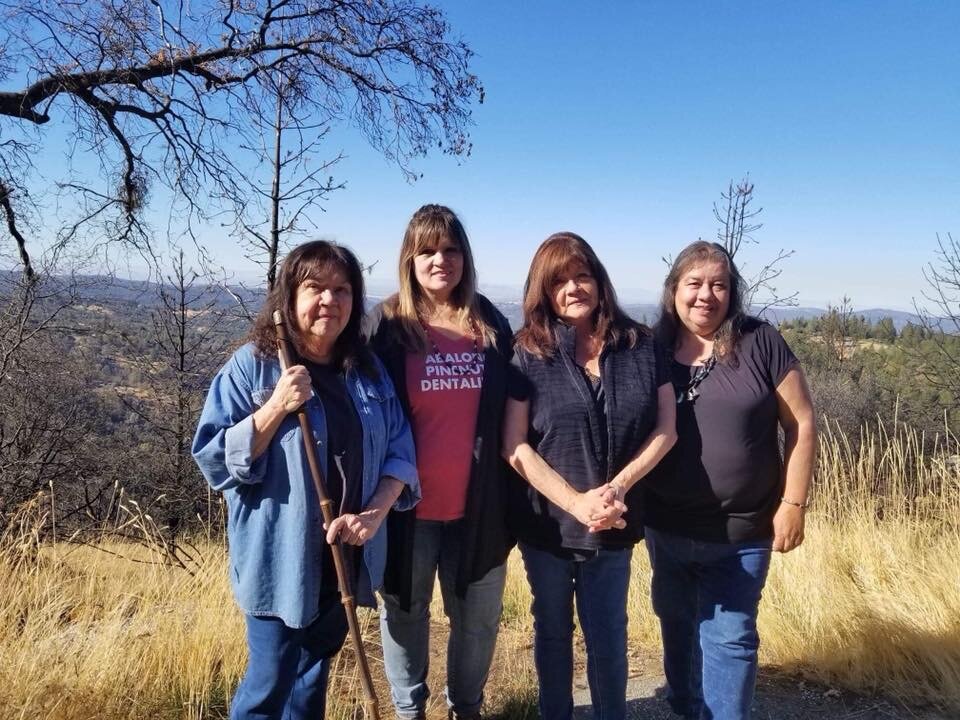“The new dawn blooms as we free it. For there is always light. If only we’re brave enough to see it. If only we’re brave enough to be it.”
BACKGROUND
Nevada County Arts Council’s focus on racial equity has traditionally found its home in our more general commitment to Cultural Equity, as expressed in our Cultural Equity Statement, and, from 2018, as outlined more explicitly within our Strategic Plan. This more general recognition has also been reflected in our membership with OF/BY/FOR ALL, an accelerator for change within the broader movement for diversity, equity, and inclusion for community-based organizations.
What's Changed
In early summer 2020, in response to the suffering experienced by communities of color nationwide as a result of police violence, we felt our efforts needed to be deeper and more explicit in terms of recognizing and naming structural racism within our own locales. We felt greater focus would help us strengthen our defenses against both institutional racism within the creative sector, and help us motivate and guide our creative community in the same direction.
Why Lead With Race
As State-Local Partner with the California Arts Council, our role is to support the direction of the Council locally in authentic ways, and to help build public will around shared values which are of real meaning to our own communities. As of January 2022, one third of our board of directors represent communities of color. This is just the beginning as we institute ways of being together that support racial equity objectives.
At Nevada County Arts Council, we consider that racial equity is a process – a journey. We aim, over time, to promote racial equity among arts leadership locally as one of our change processes. These change processes include practices that help individuals and groups build confidence and capacity to address some of the core competencies of leadership for racial equity.
Our Demographics
Our focus on cultural and racial equity recognizes that Nevada County is only slowly emerging from its demographic as a historically white community lacking in cultural diversity and access. According to the 2020 United States Census. the racial makeup of Nevada County is:
2020 Census Data
• White – 82,810
• Hispanic or Latino – 10,416
• From two or more races – 5,797
• Asian – 1,371
“American Indian and Alaska Native” – 695
• From other races alone – 617
• Black or African American – 416
• Native Hawaiian or other Pacific Islander – 119
Our Cultural History
Nevada County’s oldest peoples are the Nisenan and the Washoe Tribespeople. The Washoe stewarded lands on the eastern slope of the Sierra for many thousands of years, while the Nisenan have lived on the Western Slope, their most densely populated areas what we now know as Nevada City and Grass Valley.
The Gold Rush saw the near genocide of the Nisenan, but in 1913 the Tribe achieved Federal recognition along with 76 acres of reservation. In 1964 this status was terminated along with 43 other California Rancherias, and the Nisenan's land sold at auction. Today, Nevada City Rancheria is one of only three – statewide – that remains unrecognized as a sovereign Nation. The Tribe has 145 members where once it had over 7,000.
Nevada County’s Gold Rush also saw the rise and declines of other populations, including African American, Hispanic, Pacific Islander and Chinese. African American pioneers built churches and schools, bought property, founded businesses, educated their children, and fought for civil rights, but by the 19th century these same pioneers had largely moved away. Chinese immigrants brought valuable skills and provided inexpensive labor, contributing to mining and the building of the Transcontinental Railroad, while suffering terrible exploitation.
Nevada County Historical Society’s Linda Jack, in Legacies Lost & Found, writes that “although Nevada County’s population was comprised of many diverse groups in the past, knowledge about their institutions, buildings, social movements and individual stories have been lost, or only partially remembered.” In this sense, their histories form part of an intangible cultural heritage.
Our Commitment to Racial Equity
“To our communities of color: We see you, we hear you, we stand with you, and we will act fearlessly to achieve racial and cultural equity in the arts. We pledge that communities of color will be authentically included in shaping the current work and future direction of the Nevada County Arts Council.”
Nevada County Arts Council sees the recognition of intangible cultural heritage as an important factor in bringing diverse communities together and encouraging mutual respect for other ways of life.
Equally, we see access to the arts and creativity as a universal right, through which those who have been underrepresented due to race, ethnicity, age, disability, sexual orientation, gender, gender identity, socioeconomic and ability status, geography, citizenship status, or religion, can experience a sense of real belonging.
This sense of “belonging” gives credence to inclusion as being pivotal to the development of arts policy: the support of artists; the nurturing of accessible, thriving venues for expression; the space and time for all voices to be heard in the manner most natural and accessible to our communities; and the fair distribution of leadership, programmatic, financial and informational opportunities and resources.
Leading with race focuses energy and resources where needed, and neither excludes nor devalues the lives of other groups. All groups benefit by working together to make all lives sacred and protected. We stand in solidarity with all communities of color in support of justice and equity across our county.
To these ends, we will continue to educate ourselves, hold ourselves accountable, and deepen community partnerships towards racial equity. Specifically, we commit to the following actions, both internally and through our work within the community:
Our Committee for Equity
Board members, our Executive Director and two members of the community will continue to serve as racial and cultural equity monitors and provide leadership to ensure progress in areas of policy and practice through the ongoing development of an equity rubric. This rubric will include evaluation of current practices, such as our acknowledgement of Tribal land and peoples both internally and publicly; our ongoing work with OF/BY/FOR ALL and Nisenanim Ni; and our cultural asset mapping. The rubric will help us to examine more formally our practices, policies and decision-making processes to ensure that communities of color are neither disadvantaged by actions we take, nor neglected when opportunities to lead or contribute can be identified, now and into the future.
Collect Data
To inform our equity goals and provide a tool for evaluation, where appropriate and relevant we will gather data during our events, through the community surveying we do, and through grant processes as they arise. Data collected will include race, color and ethnicity, and will include tribal, immigrant and refugee communities, and communities that have principal languages other than English. We will be intentional about the ways we collect and use data, particularly in relation to how we then describe and benefit targeted communities.
Create Space
Actively promote a public space – physical, intellectual and spiritual – to hold meaningful conversations on recognizing, understanding and preventing racism, and unlocking best practices towards racial and cultural equity.
Collaborate
Collaborate with our community and with our many partners in the creative sector and beyond to achieve equity in the arts. We will work specifically with organizations whose mission is to promote racial and cultural equity, including OF/BY/FOR ALL.
Terms and Definitions
Communities of Color
“Communities of Color” are identity-based communities that may share racial or ethnic characteristics among community members. We include what is often referred to as “BIPOC,” meaning Black, Indigenous, and other People of Color, emphasizing the historic oppression of black and indigenous people. Members of Communities of Color may self-define and may share a history of, or current experiences of, racism. Given that race is a socially-defined construct, definitions of these communities are dynamic and evolve with time. Recognizing this, we define “communities of color” as including African Americans, Asian and Pacific Islanders, LatinX, and California Native Americans.
Intangible Cultural Heritage
UNESCO notes that cultural heritage does not end at monuments and collections of objects. It also includes traditions or living expressions inherited from our ancestors and passed on to our descendants, such as oral traditions, performing arts, social practices, rituals, festive events, knowledge and practices concerning nature and the universe, or the knowledge and skills to produce traditional crafts. While fragile, intangible cultural heritage is an important factor in maintaining cultural diversity in the face of growing globalization. An understanding of the intangible cultural heritage of different communities helps with intercultural dialogue, and encourages mutual respect for other ways of life.*
Diversity
Diversity is the presence of difference. For example, a workplace offers a setting for different identities, such as race, ethnicity, religion, nationality, or gender orientation. A person is not diverse – they are unique. But an individual can bring diversity to a group. In HR, one doesn’t look for a “diverse candidate.” Diversity is plural and relates to groups or communities of people.
Inclusion
Inclusion is about people with different identities feeling and / or being valued, leveraged, and welcomed within a given setting (whether a team, workplace, or industry). Longtime educator, Vernā Myers, said: “Diversity is being asked to the party. Inclusion is being asked to dance.” Inclusion isn’t a natural consequence of diversity. You can have a diverse team of talent, but that doesn’t mean they feel welcomed or valued or are given opportunities to grow.
Equity
Equity is an approach that ensures everyone has real access to the same opportunities. Equity recognizes that we don’t all start from the same place because advantages and barriers exist. It’s a process that acknowledges uneven starting places and seeks to correct that imbalance. Diversity and inclusion are both outcomes whereas equity refers to the process an organization engages in to ensure that people with marginalized identities have the opportunity to grow, contribute, and develop.
Sources
Sources, among many, which have inspired our approach and lent definition:
General Assembly of the United Nations’ Universal Declaration of Human Rights, Article 27 (more…)
United Nations Educational, Scientific and Cultural Organization (UNESCO), 2001 Universal Declaration on Cultural Diversity (more…)
UNESCO, What is Intangible Cultural Heritage? (more…)
National Assembly of State Arts Agencies, Inclusive Language Guide (more…)
Americans for the Arts, Statement on Cultural Equity (more…)
California Arts Council, Racial Equity Statement and Racial Equity Learning Resources (more…)
The writings of John A. Powell, Director of The Othering & Belonging Institute at UC Berkeley, and Professor of Law, African American, and Ethnic Studies at UC Berkeley (more…)
OF/BY/FOR ALL, A Framework for Action in Response to Moments of Outrage & Crisis (more…)
The Origin of Others, Toni Morrison (part of The Charles Eliot Norton Lectures at Harvard on “the literature of belonging”) (more…)
General Assembly, What’s the difference between diversity, inclusion and equity? (more…)
California Heritage Foundation, 2020 Panel on Racial and Social Equity in the Historic Preservation Field (more…)





